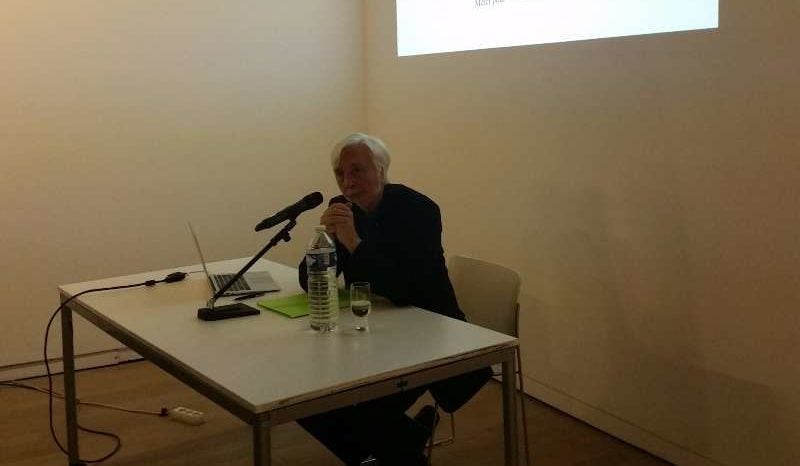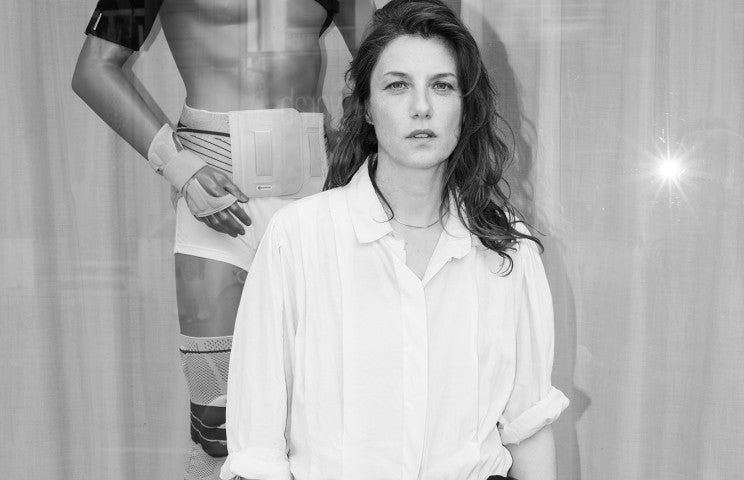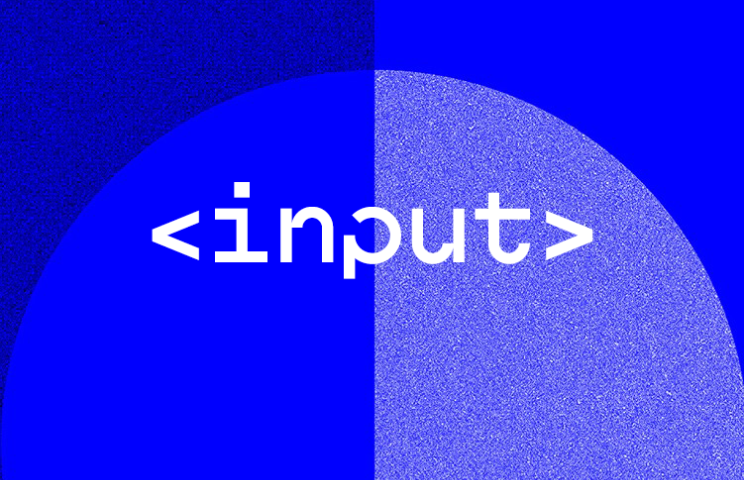Du négatif au positif, effacer, histoire d’un geste Maurice Fréchuret
Listen to the lecture on France Culture Plus : launch of Maurice Fréchuret’s book : Effacer, paradoxe d’un geste artistique.
The negative burden that tarnishes the act of erasing, affects many areas of human activity, both social and political. This action has always been seen as a betrayal of reality. We know of numerous cases in history where the image – more particularly the photographic image – has been subject to forgery by removing a disgraced character.
Thus, the disappearance from official photographs of certain high ranking officers from the Nazi regime is echoed by elements of Soviet or Maoist propaganda from which new enemies of the people were similarly erased.
At best, erasing stands for correction. Commonly called “repentance” in the artistic domain, this procedure expresses clumsiness and characterizes the work in its weaknesses and inappropriateness.
Throughout the XXth century, artists have been working on transforming this action, which is so fundamentally negative, into an activity which could potentially lead to new openings, and they are continue to do so today.
The historic action of Robert Rauschenberg when he erased a drawing by Willem De Kooning in 1953, the exemplary proposals of Marcel Broodthaers, Claudio Parmiggiani, Roman Opalka, Gerhard Richter intersect, the more recent ones by Hiroshi Sugimoto, Ann Hamilton, Jochen Gerz, Felix Gonzalez-Torres but also those by the current generation of artists like Zhang Huan or Estefanía Peñafiel Loaiza … By engaging in erasure, in other words by working backwards, they have all been able to nurture artistic creation in an exemplary manner.
Maurice Fréchuret was the curator of the Modern Art Museum in Saint-Etienne from 1986 to 1993, followed by the Picasso Museum in Antibes from 1993 to 2001 and the director of the CAPC Contemporary Art Museum in Bordeaux from 2001 to 2006. He was appointed curator of the musées nationaux du XXe siècle des Alpes-Maritimes (National museums of the XXth century of the Alpes-Maritimes) (2006-2014). While working as a museum curator, exhibition curator and teacher, he published numerous works, including: Le Mou et ses formes (The slack and its shapes) (ENSBA publications, 1993, Jacqueline Chambon, 2004) ; La Machine à peindre (The painting machine) (Jacqueline Chambon, 1994) ; L’Envolée, L’enfouissement (Boom, Landfill) (Skira, RMN, 1995) ; L’art médecine (Medicine art) (in collaboration with Thierry Davila, RMN, 2000) ; Les Années 70, l’art en cause (The 1970s, at issue with art) (RMN, 2002) ; Exils (Exiles) (in collaboration with Laurence Bertrand-Dorléac, RMN, 2012). His last work Effacer, paradoxe d’un geste artistique (To erase, the paradox of an artistic act), published by Presses du reel has just been awarded the 2016 Pierre Daix Prize.












